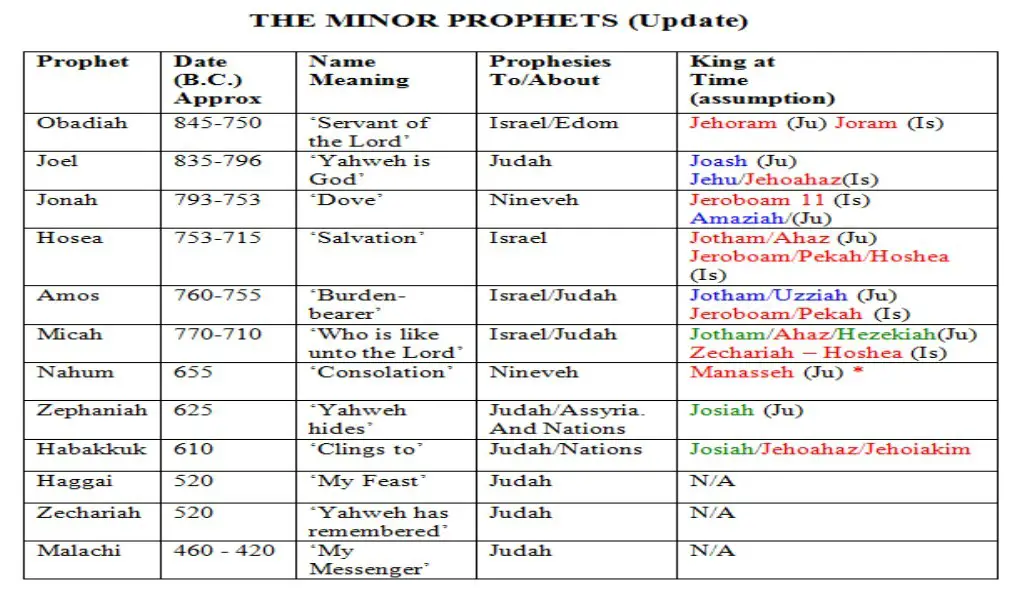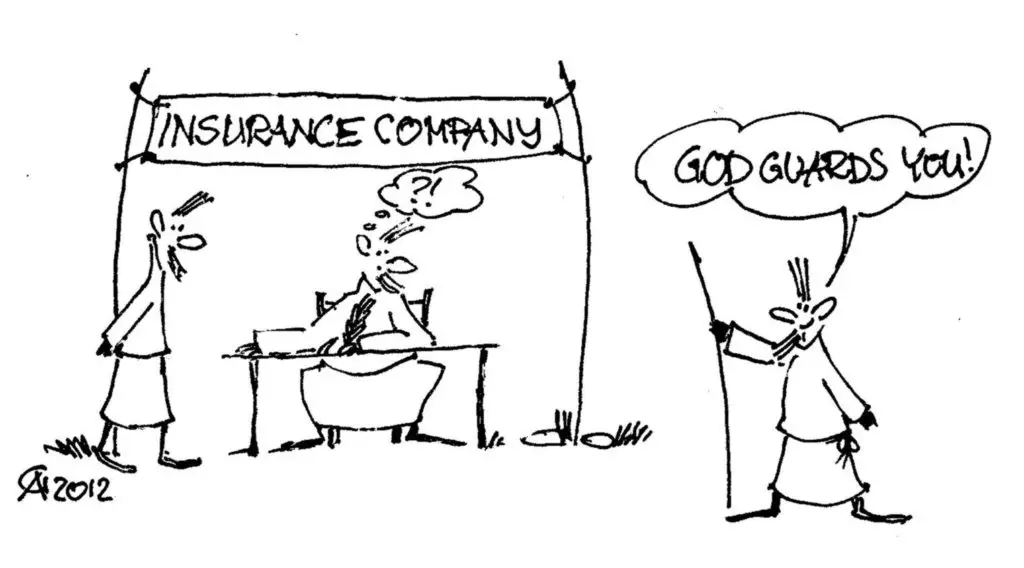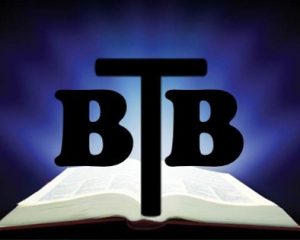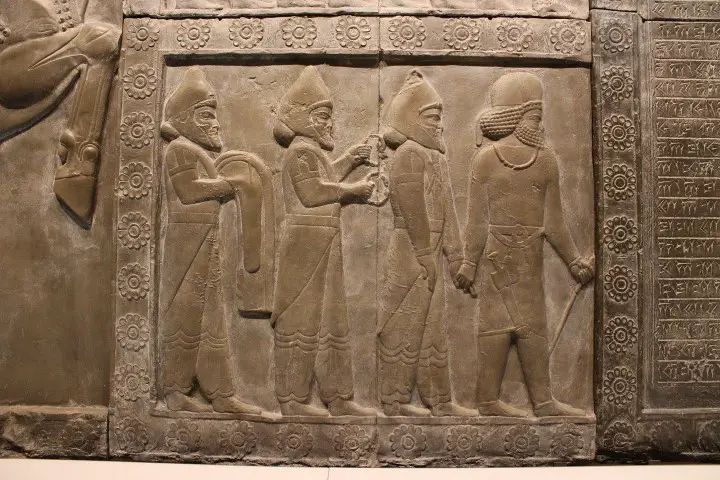Introducing The Minor Prophets:
It must be registered from the outset that this is an outline study only of the so called ‘Minor Prophets’ written as an introduction to a small group of people who played a huge role in guiding/warning the nations of Israel and Judah of The Lords will regarding them.
It is not intended to be an in-depth expose but rather a ‘taster’ in the ministry of the Lord through the written works of his servants the prophets.
As such I am sure that the readers themselves with just a little study would be able to expand considerably the material presented here – which is in fact the intention of this modest work.
Are they relevant for Christian study today ? Well quite apart from such scriptures as “all scripture is God breathed….” 2 Tim 3:16 here are just a few examples that stand out…
- Habakkuk 2:4 “The just shall live by his faith” Sparked the Reformation under Martin Luther.
- Zechariah 11:12 Gave us the price of a slave – 30 pieces of silver, and many other details relating to the coming messiah.
- Joel 2,3 warns us of the ‘last days’ and the trials to come.
- Malachi 3:1 reveals the ministry of John the Baptist and the fact that he would come again to herald the return of the Messiah.
Brief Summary of Haggai
- After 70 years of captivity King Cyrus issues a decree for the Jews to return to Jerusalem and rebuild the Temple.
- Work on the second temple has stalled and after a new decree under Darius, Haggai presses the people to continue with the building
- In the year 516 B.C. After just 4 years of encouragement by Haggai the temple was finally completed
The Minor Prophets:
First of all it must be emphasised that the title of ‘Minor Prophets’ does not in any way place these individuals and the instructions that they gave, in an inferior category to the ‘Majors’ such as Isaiah or Jeremiah.
The ‘minor’ title really just applies to the brevity of the messages given by these Prophets in relation to their more wordy brothers, and is thought to originate in Augustine’s time (4th C.)
Up until then the whole Old Testament was referred to as ‘The law and the Prophets’ which included also the ‘Writings’.
In the Jewish canon what we call the ‘Minor’ Prophets are simply known as the ‘twelve’ and are listed amongst the other Prophets.
God is not impressed by our many words but rather our faithfulness to the calling into which he has called us – something to be borne in mind !
Dates & Times
In the following chart I have endeavoured to place a time around which the various prophets ministered. It should be understood that in a few of the cases i.e. Obadiah, there may be considerable debate as to the actual dating of the book, in these instances I have taken the ‘path of least resistance’ and chosen the most universally accepted date.
There may also be some debate as to when the books were actually written i.e. some suggest that they were written after the actual events. Thankfully it is not within the remit of this introductory work to investigate these possibilities! I have chosen therefore to select the most appropriate time in relation to the prophet involved with the book.
Prophets TimeLine:

Historical Setting.
The period is approx 520 B.C. We know this date to be reasonably accurate as the Prophet dates his own work in the “second year of Darius the king.” This is Darius I, son of Hystaspes (522-486 BC).
Seventy years earlier the kingdom of Judah had been conquered and taken into captivity by Nebuchadnezzar King of the Babylonian empire. They were forced to settle in Babylon in an area by the Chebar river.
This was to have a fundamental and long-term impact on the survival of the nation of Israel throughout the ages.
Judah’s city’s had been reduced to ruins and the whole kingdom laid waste. Some however were left to stay amongst the ruins and they were eventually joined by others who in turn fled the destruction of Babylon by Cyrus in 539.
This “collective of the dispossessed” would eventually become known as the Samaritans who would become a thorn in the flesh of the post exilic Israelites.
In 538 Cyrus issued a decree allowing the Jews to return to their homeland.
Over 150 years before this event, Isaiah had prophesied that God would use Cyrus to bring about this restoration (Isaiah 44:24 – 45:7).
Return in three stages
The actual return to the ‘promised land’ took place in three main stages.
- The first group was in 536 when Haggai and Zechariah returned with approx 50,000 under the command of Zerubbabel. (Ezra 2.) It can be reasonably assumed that Haggai was a child upon his return.
- The second group was not until 457 some 79 years later led by Ezra this was around 2058 people (Ezra 8-10).
- The third and final group was 445 BC and led by Nehemiah who served as the governor of Jerusalem.
Why not all return at once?
It is easy to read the Bible and read the history of the return from exile, and at the same time not form any impression of the timescale involved.
The fact is however that between the first stage in 536 and the last stage in 445 BC; some 91 years had passed by! This meant that many of the so-called exiles were in fact citizens of Babylon, and knew next to nothing about Jerusalem apart from what they had been told by their parents and elders.
Businesses had been set up, Synagogues established and life – in what would be for some – in ‘their’ country, well set up. In other words, many of the Jews would not have much to gain and everything to lose by going back to a homeland still suffering from the ravages of Nebuchadnezzar, all these years ago.
All these doubts and fears had to be overcome before the people could feel confident enough to return.

The situation at the time of Haggai was this: After a good start upon their return in 536 work on the temple had ceased for the previous 16 years or so.
The people had become obsessed by their own security and personal comfort, in the most part brought about by the influence of the Samaritans; who because the Jews would allow them no part in the rebuilding of the Temple, did their best to obstruct them at every turn.
Apathy towards the building of the new Temple was rife. 1:2 – Thus says the LORD of hosts, ‘This people says, “The time has not come, even the time for the house of the LORD to be rebuilt.”
The people were disillusioned, discouraged and generally lacking the motivation to carry on with the task they had begun. Beset on all sides by opposition in one form or another, the building program had come to a standstill.
Enter Haggai…..
THE BOOK
What’s in a name? Haggai means “Festival or Festive or My Feast”
Main theme ………Build the Temple!
Haggai was what we might call today a ‘one trick pony’ He was unashamedly single minded in doing the one thing that the Lord had called him to, and that was to get the building program re-started.

Brief Summary:
Haggai was a motivator, someone who could get ‘the show back on the road’, and point the people to the real important issue – their relationship with The Lord
In this he was VERY successful and the ‘secret’ to his success lay in just one thing – his dependence on the Word of the Lord.
26 times in a book of only 38 verses he quotes God as the Divine source and the inspiration of his messages; ‘say’s the Lord of Hosts’ and ‘declares The Lord’ amongst others, are used to re-enforce the message and to give it absolute authority.
The people responded to this message because they recognised The Lord was indeed behind it.
Psalm 127:1– “Unless the LORD builds the house, they
labour in vain who build it;
Unless the LORD guards
the city, The watchman keeps awake in vain.”
In 516 BC After just 4 years of haranguing by Haggai, the Temple was rebuilt. Twenty years after it was first started and seventy years after it was destroyed by the Babylonians.
APPLICATIONS FOR TODAY
Main lesson – Faithfullness to the call of The Lord.
Haggai had a calling on his life, and he was true to that calling and placed it above all other considerations.
He was single minded in his objective which was of course to build the temple.
The Lord rewarded this loyalty with real success and Haggai is regarded as one of the most successful of the Prophets – perhaps only Jonah could claim equal response with his message against Nineveh.
The real basis for successful preaching is ‘Thus saith the Lord’ in other words when God is behind our message and we are faithfull to deliver it, notwithstanding all the opposition that may come our way; then a positive result is guarenteed.
Haggai would encourage us to look at what is really important – our own relationship with The Lord. It is only by having a close personal relationship with our saviour, that we can know just what his calling on our life is; not just in general terms, but indeed in exact terms – just like Haggai.
It is all too easy to get discouraged in life, whether it is in our walk with The Lord, or indeed in our workplace.
The fact is that sometimes we lack motivation to carry on, to ‘fight the good fight’ or ‘run the race’ as the Apostle Paul would put it. (2 Tim:4-7)
These are the times when The Lord will put people in our path, who will motivate and encourage us to continue and believe against the odds sometimes, that he does indeed have a plan for our lives.
Jeremiah 29:11 “For I know the plans that I have for you,’ declares the Lord, ‘plans for welfare and not for calamity to give you a future and a hope.”
Or perhaps it is YOU that God has sent out to do the motivating…
Question 1: Do you know the Lord’s plan for your life?
Question 2: What do you intend to do about it?


